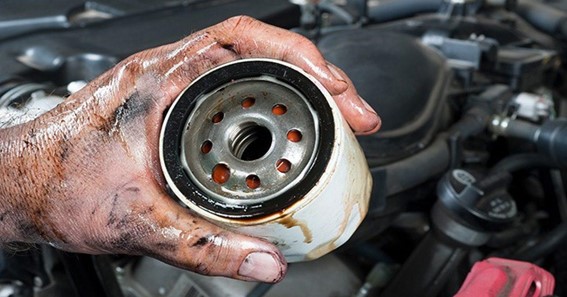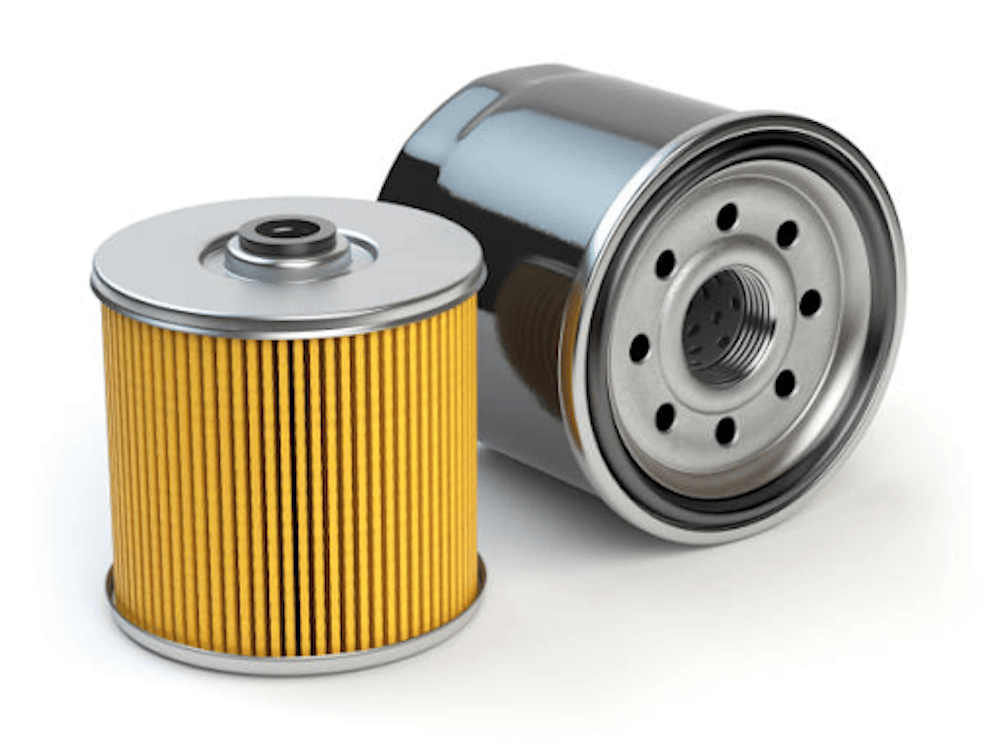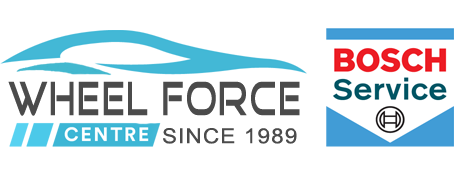
If you own a car, you are surely aware of the significance of the numerous components and technologies in it. The oil filter is one of many equipment or devices that must be periodically replaced to ensure the hassle-free operation of your car. So, if you’re having trouble picking the correct oil filter, this post is for you. You can easily look for kia seltos service centre at affordable prices.
Regarding oil filters, car owners frequently receive inconsistent advice. The truth is that a bespoke solution is the only option when it comes to oil and filters. All people are unique. Different driving circumstances exist. There are many kia slots service centre in Delhi among which you can choose the best. When it comes to oil filters, there is no such thing as a one-size-fits-all solution.

- The worst enemy of your engine is silica.
The majority of the various pollutants that can get into engine oil have the potential to be damaging. Water, glycol, fuel, incorrect oil, dirt, wear debris, and others are examples of these. The most harmful pollutants are typically those that are solid. Silicon is the second most common element on earth after oxygen.
Also Read – MG Workshop in Delhi
The majority of the earth’s crust is made up of silica and silicates (varieties of silicon dioxide), which are found in natural soils and surface dust. Most experts consider external lube oil contamination by dust (silica and alumina) to be the most detrimental to engine surfaces. Both of these typical particles are tougher than a hacksaw blade, for comparison. Surfaces on engine parts are not as hard as those on a hacksaw blade.
Also Read – What is the best car between the Kia Seltos and the Duster?
Sand and dust particles in the air vary in size, shape, and abrasiveness. Dust from the ground enters an engine mostly through the air intake. 99 percent or more of the dust that an engine consumes is removed by effective air filters. The remainder is made up of minuscule particles that get through the air filter. These range in size from submicron-sized to 10 micron and bigger particles.
- Look for a Clean Oil
Particle pollution can affect fuel efficiency, lubricant life, and environmental concerns in addition to wear and dependability. Drivers who employ effective filtration techniques frequently claim longer service lives and lower maintenance costs.
- Choosing an Oil Filter 101
When choosing an engine oil filter, there are a number of identical options and considerations that must be handled, for the same reasons that it is crucial to tailor the selection of motor oil. Automobile filtration is actually a topic with so many concerns that a small book might be written on it alone. Perhaps someday we’ll create that book, but for now, this post will only cover the most important aspects of choosing an oil filter, which is listed below:
- Size and efficiency of capture
- Integrity of Design and Fabrication
- Capacity for Holding Dirt
- Pressure-Flow
As the filter element is contained within a can that is attached to a base plate that is spun into a threaded mounting post and head-plate on the engine block, car engine oil filters are also referred to as spin-on. The seal between the base plate and the head-plate is provided by an o-ring or gasket.
Through perforations on the exterior of the base plate, the oil enters the container and flows through the filter paper (media) and into the center tube from outside to inside.
- A description of the several types of oil filters
An oil filter’s primary job is to keep pollutants from building up in the engine oil. It serves as an absorbent and retains both organic and inorganic impurities without interfering with the lubricating process. Bugs, germs, and oxidized oil are examples of organic impurities, whereas dust and metallic particles are examples of inorganic contaminants.
Additionally, unclean engine oil can permanently harm your car and cause a variety of problems with the engine. An oil filter is therefore employed and put inside the engine of an automobile as a solution to all these issues. By eliminating all pollutants and impurities from the engine oil, it maintains the oil clean.
- Methods for Oil Filter Tests
The performance of a motor oil filter in service is estimated using a variety of standardised test procedures. Collapse strength, burst pressure, dirt-holding capacity, pressure-flow profile, impulse-fatigue, hot oil durability, vibration, bubble point, and fabrication integrity are just a few of the characteristics that are evaluated by these tests.
These filter tests are covered by a number of standards from the SAE and ISO. The two most significant and frequently cited test standards in terms of choosing an oil filter are SAE HS 806 and SAE J1858. Many of the subparts of ISO 4548 are very similar to these two standards.
Table of Contents
Final thoughts
It’s crucial to keep in mind that a spin-on motor oil filter’s threads must also have the proper SAE or metric diameter and thread pitch for the engine mounting post. You risk damaging the threads that hold the oil filter in place and causing leaks if you incorrectly try to install an oil filter with SAE threads on an engine that needs metric threads.
The oil filter may become loose due to mismatched threads as well. As a result, the full oil charge and quick decrease of oil pressure would occur. It’s crucial to purchase a trustworthy product whenever you opt to purchase an automobile accessory or equipment. Purchasing a subpar or counterfeit item would undoubtedly reduce your car’s performance and put you in danger.
Deepa is the Brand Manager of wheelforcecentre.













